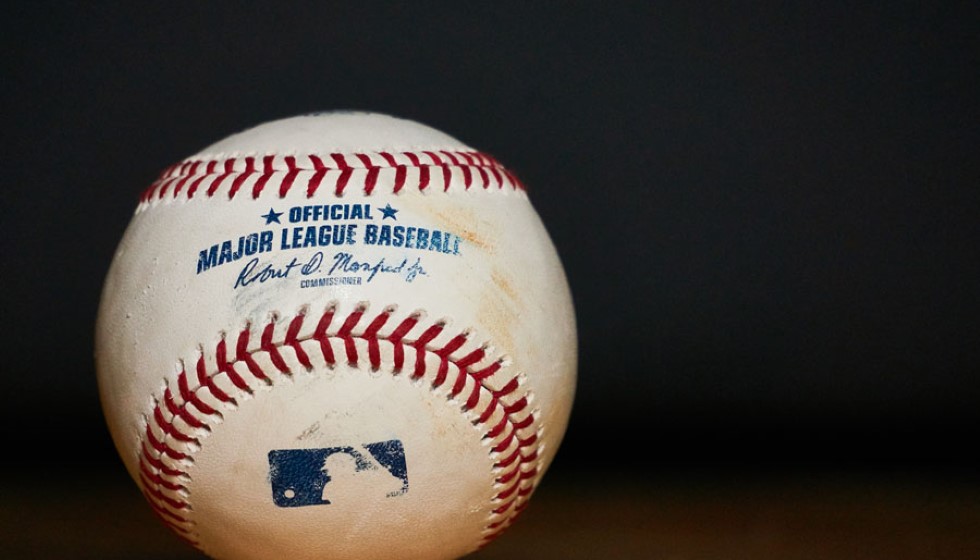
As the baseball world embarks on the 2025 season, it does so against a backdrop of significant roster upheavals and strategic realignments. Teams are reshuffling their lineups and payrolls, with top-tier talent relocating across the league.
Trades and Transfers Redefining Rosters
This offseason has been characterized by rapid movement among high-profile free agents. Notably, seven of the top 10 and 25 of the top 50 free agents have inked new deals, signaling a transformation within player ranks. One of the most intriguing developments has been Nolan Arenado's decision to block a potential trade. Despite the Cardinals owing him $64 million over the next three years, Arenado's willingness to possibly switch to first base indicates his flexibility and desire to fit into new strategic plans. This highlights the team's phase of "reset," where they assess and adjust their roster and strategy.
Meanwhile, the Cardinals aren't the only team in transition. The Corbin Burnes trade on February 1 last year, and the Luis Arraez/Pablo López deal two years prior, show a pattern of strategic roster enhancements. Corbin Burnes's recent signing has notably reshuffled expectations for starting rotations, affirming his status as a pivotal player.
Financial Dynamics and Strategic Implications
Against this backdrop of player movement, contrasting financial obligations are shaping the strategies of several teams. Sonny Gray's $65 million over two years and Nolan Arenado's remaining commitments are just a few examples of high-stakes financial decisions impacting team budgets. Similarly, Jordan Montgomery's decision to pick up his $22.5 million player option for 2025 plays a crucial role in his team's financial calculus.
On the West Coast, the Padres are navigating a $248 million competitive balance tax payroll for 2025, amid the profound change following owner Peter Seidler's passing in late 2023. Such financial considerations inevitably influence team compositions, driving complex negotiations and trade possibilities.
Arbitration and Emerging Talent
In the realm of arbitration, players like Luis Arraez and Dylan Cease are anticipated to earn around $14 million each, highlighting a critical process that determines player earnings and team expenditures. Moreover, the Diamond Sports Group bankruptcy presents a unique challenge for the Twins as they navigate the financial fallouts affecting their operations.
Amidst these financial rollercoasters, young talents like Brett Baty, a promising 25-year-old, are on the brink of making significant contributions. The youth injection into teams underscores a blend of experience and emerging skill as franchises look to sustain future competitiveness.
Contracts Without Trade Protection: Opportunities or Risks?
In a league that thrives on strategic mobility and flexibility, players like Marcus Stroman and Ryan Pressly bring contrasting dynamics. Stroman's $18 million contract for 2025 without no-trade protection positions him as a potential trade scoop for teams seeking to bolster their pitching without inherent contractual complications. Conversely, Pressly's $14 million price tag, coupled with a no-trade clause, reflects a more static position, creating a different set of challenges and advantages for his current team.
The baseball landscape in 2025 appears both familiar and novel. While financial commitments, player moves, and strategic overhauls remain staple narratives, the continuous cycle of talent and opportunity promises yet another thrilling chapter in the sport's ever-evolving story. As Ken Kendrick reportedly remarked, "Biggest mistake this season from a talent standpoint," encapsulates the fine margins on which baseball fortunes are assessed. Such candid reflections echo throughout the corridors of baseball decision-making, shaping the game’s perpetual balancing act between risk and reward.